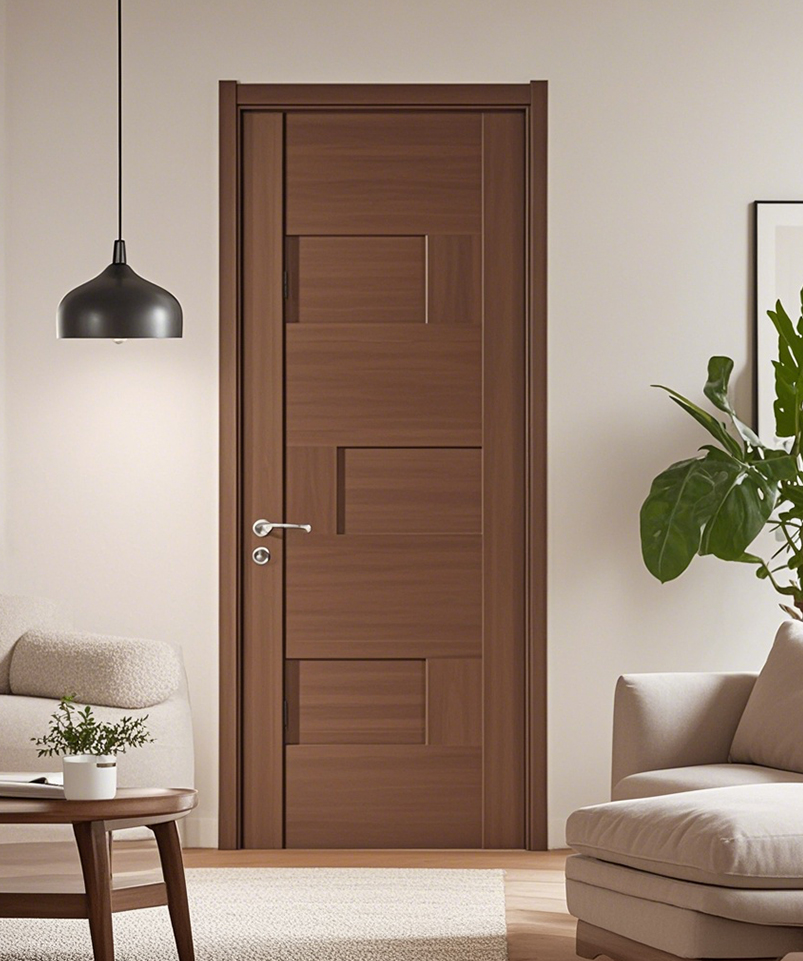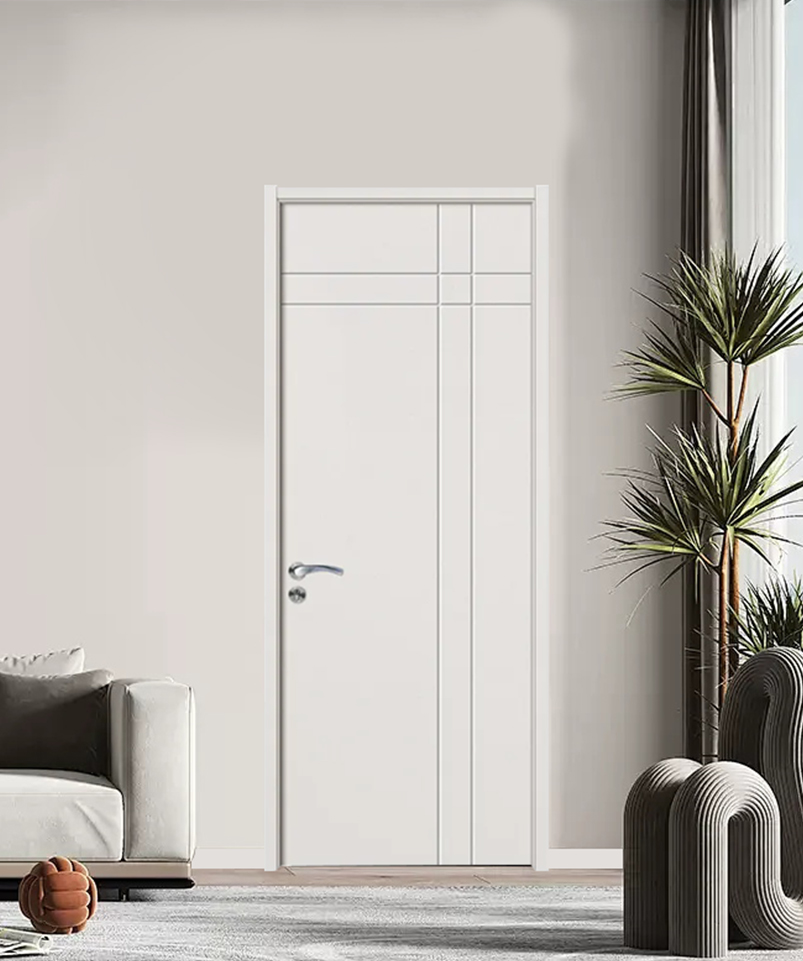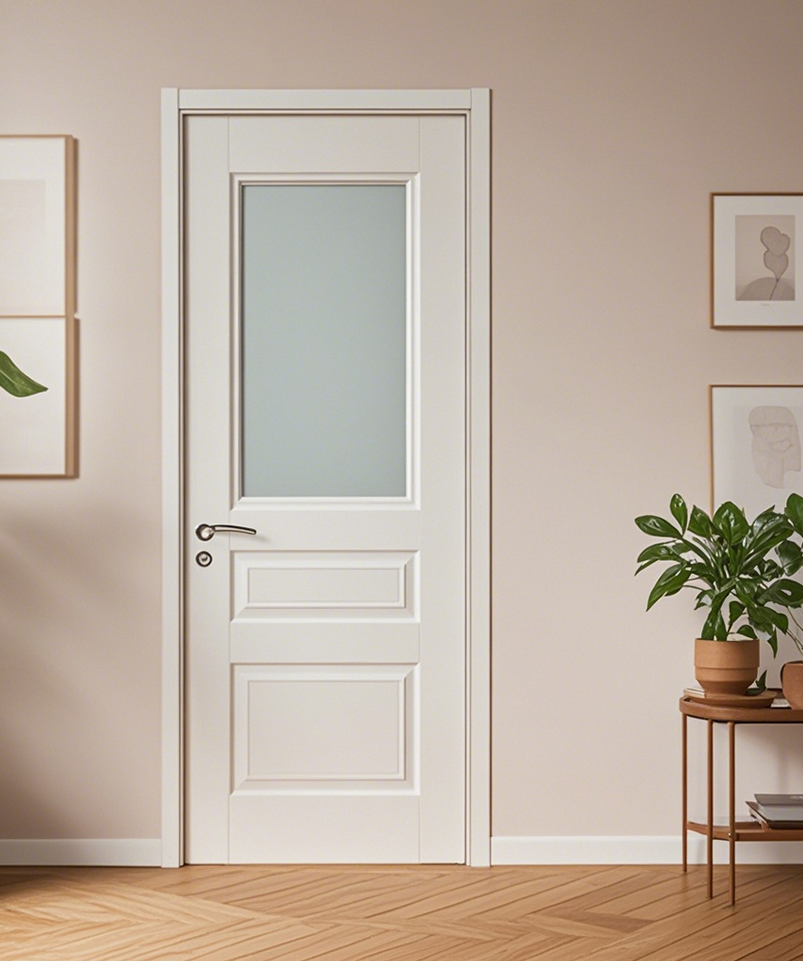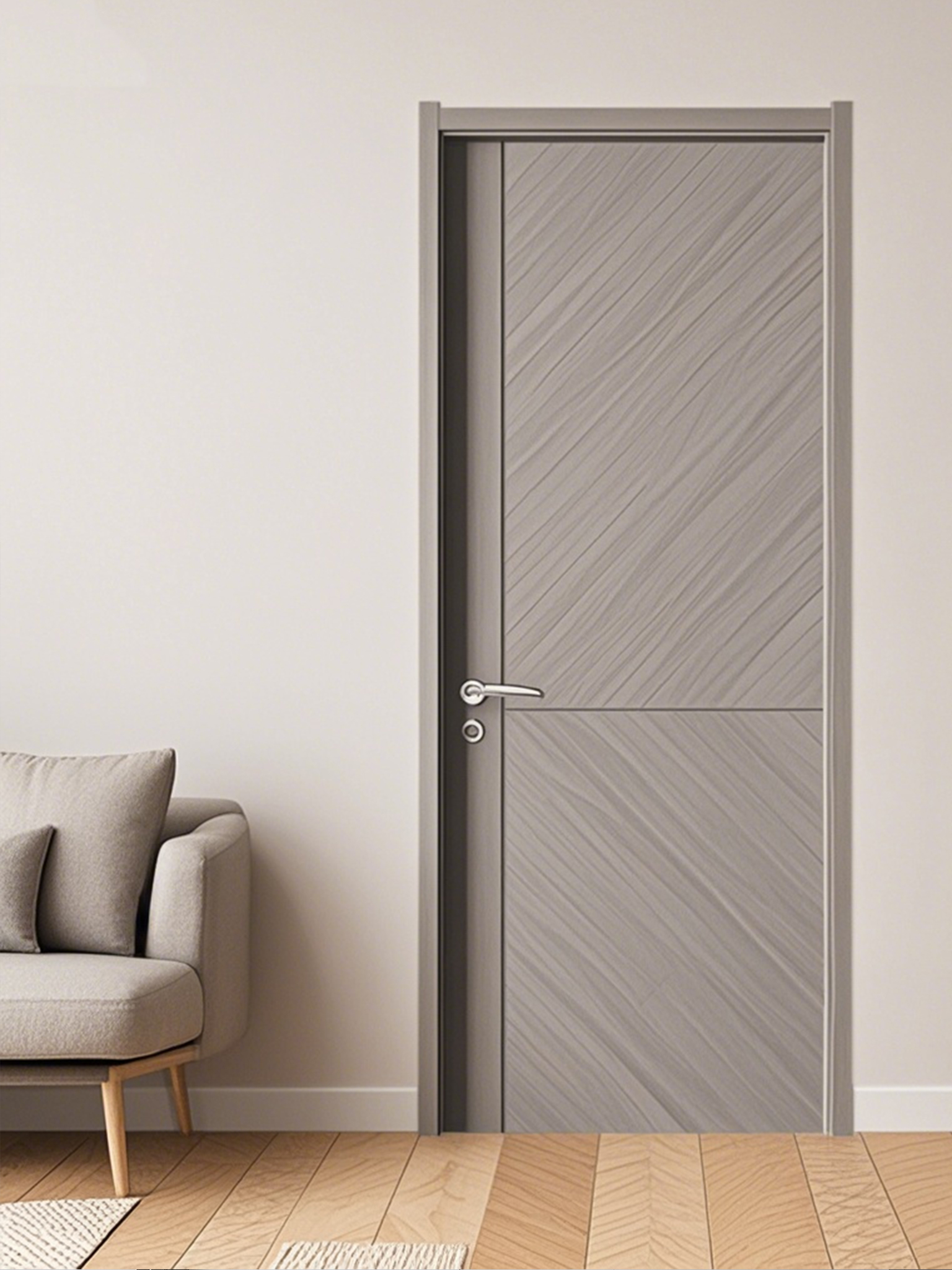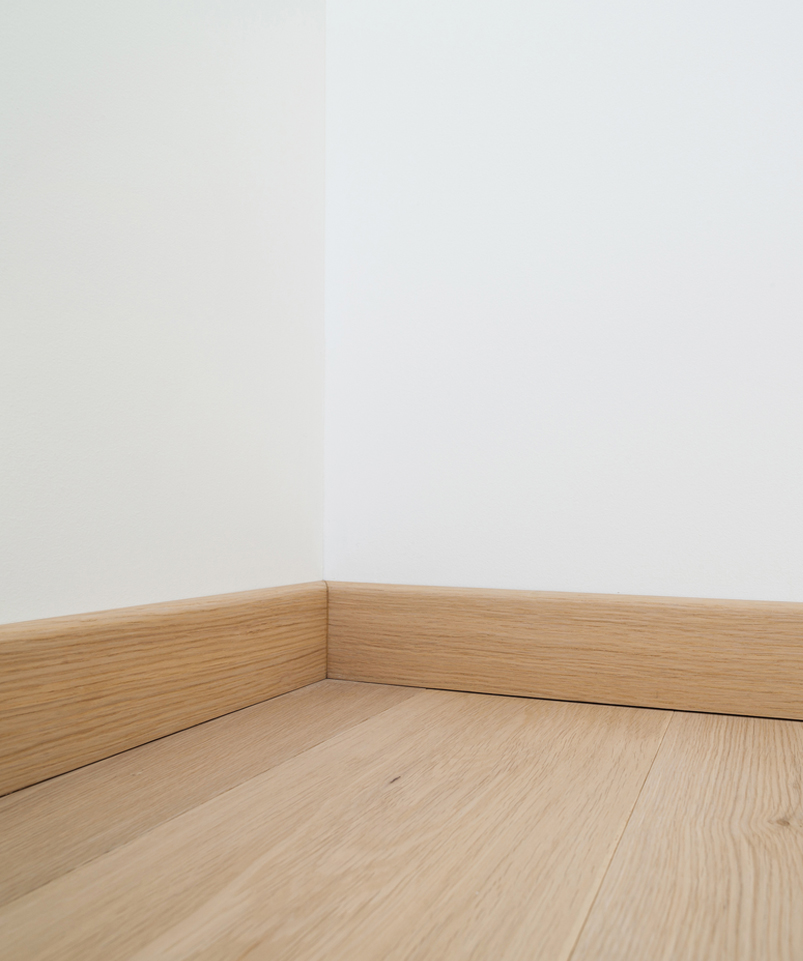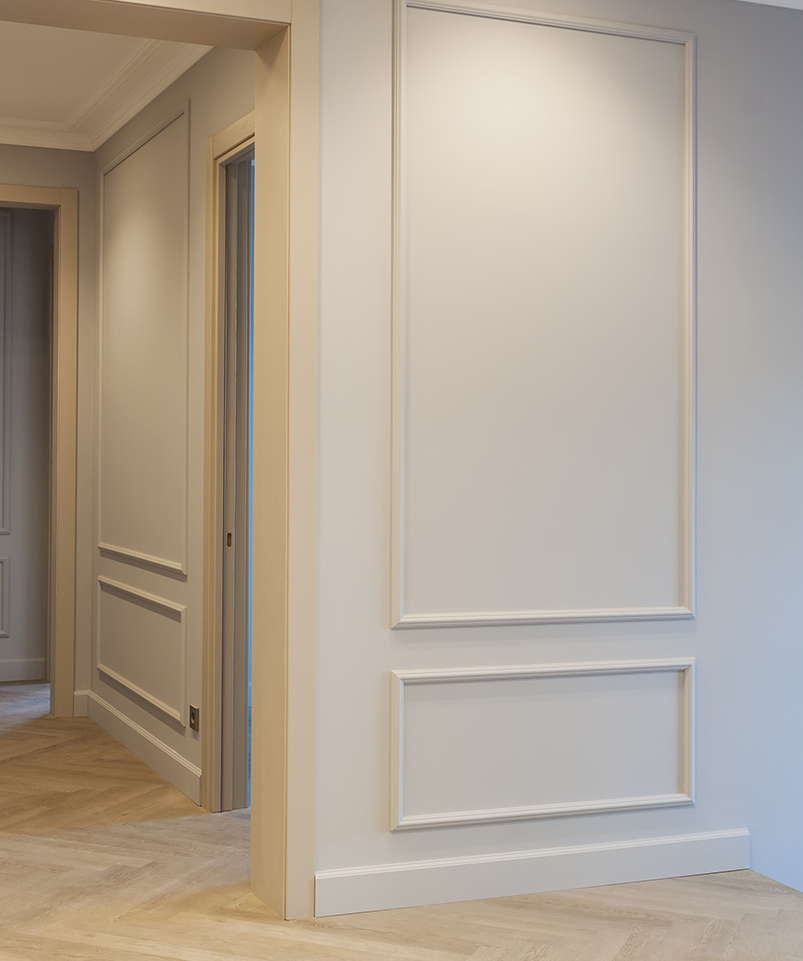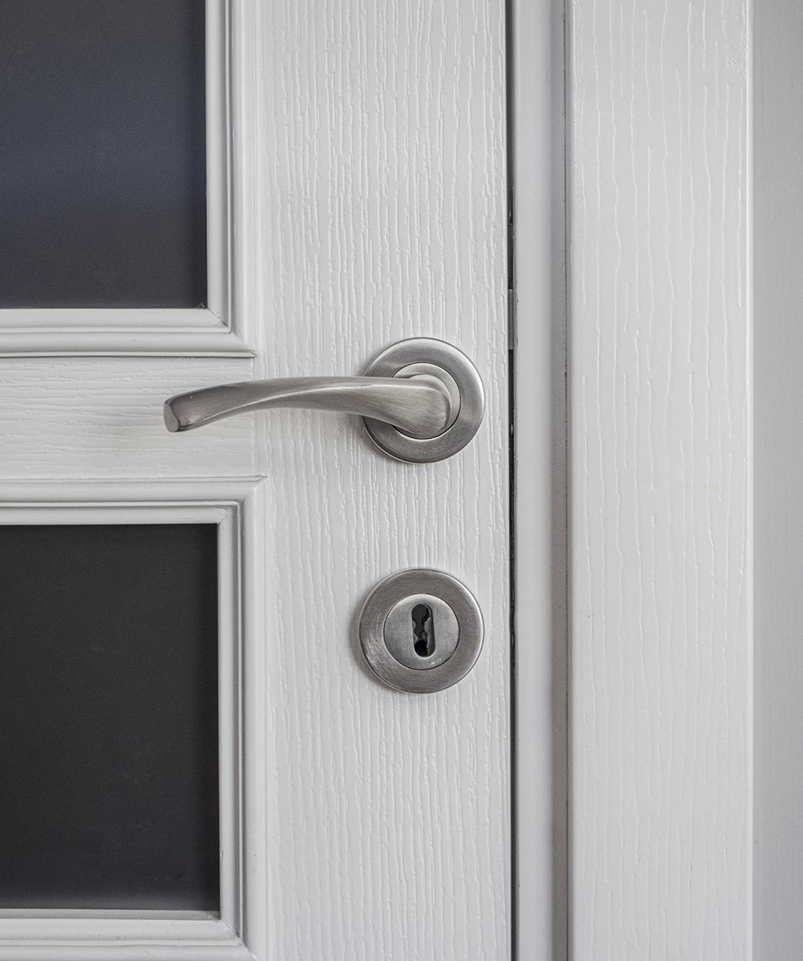Barn Door Popularity Surges as Economical Durability Becomes Top Design Priority
In the ever-evolving world of interior design and architectural trends, one traditional feature has made a striking comeback—the Barn Door. Once found alexclusively in rural settings and farmhouses, the Barn Door has now emerged as a contemporary design solution admired for its unique style, space-saving qualities, and more importantly, its economical durability.
As both residential and commercial builders strive to create interiors that are not only beautiful but also long-lasting and cost-effective, the Barn Door has stepped into the spotlight. Today’s versions are not just nostalgic nods to rustic heritage—they are high-performance, modern components engineered for durability and designed to meet tight budgets without compromising on quality.
A Budget-Friendly Interior Upgrade
In today’s inflation-conscious construction environment, project managers and homeowners alike are prioritizing features that deliver tangible return on investment. The Barn Door shines in this context due to its relatively low material and installation costs compared to traditional swinging doors.
Typically mounted on external sliding tracks, Barn Doors eliminate the need for door jambs, hinges, or deep frames. This streamlined installation process means fewer labor hours and materials—key considerations when working within budget constraints. Additionally, because the Barn Door slides along the wall, it also reduces the square footage required for door clearance, offering further value in tight or unconventional spaces.
Built to Withstand Daily Demands
Durability is where the Barn Door truly outperforms many of its conventional counterparts. Made from solid wood, engineered panels, or high-quality composite materials, these doors are crafted to resist warping, cracking, and sagging even in high-traffic areas. Whether installed in a busy home, a bustling office, or a boutique retail store, the Barn Door maintains its functionality and appearance for years with minimal upkeep.
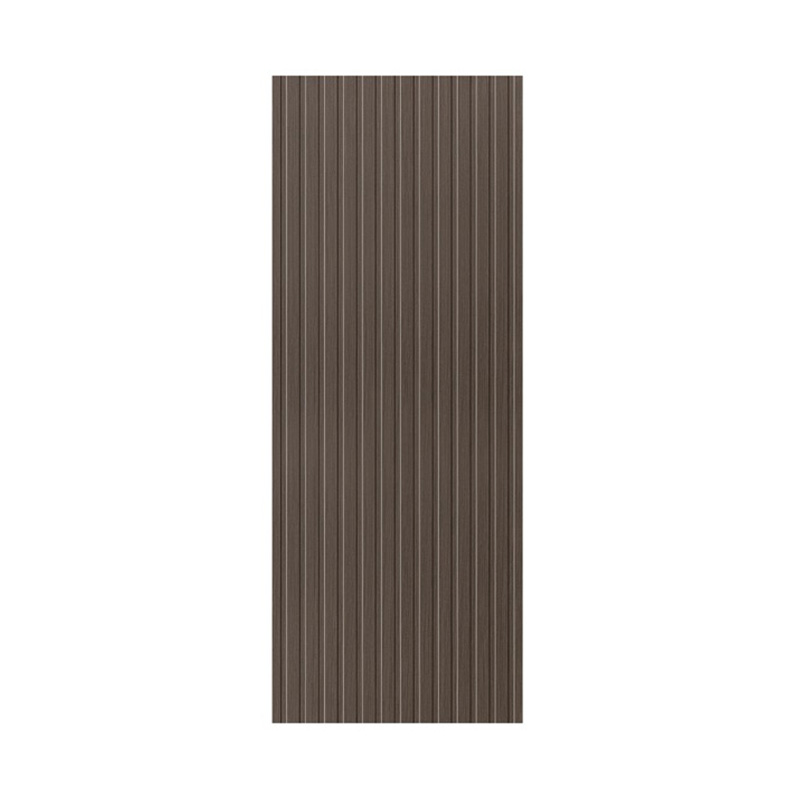
Modern manufacturing methods have also contributed to the enhanced durability of the Barn Door. Today’s sliding systems feature smooth-glide steel or aluminum tracks, ball-bearing rollers, and corrosion-resistant finishes. These upgrades ensure the door remains quiet, stable, and efficient over time, even with constant use.
Versatility Meets Functionality
One of the biggest advantages of the Barn Door is its adaptability across diverse applications. From bedroom entrances and bathroom enclosures to pantry access and office partitions, the Barn Door offers a functional and aesthetic solution in both contemporary and traditional spaces.
Designers also appreciate the wide range of finishes and customization options available. From weathered wood to industrial metal finishes, Barn Doors are available in styles that align with any décor. Despite their visual appeal, their rugged construction ensures that beauty is never achieved at the expense of durability.
A Sustainable Choice in Interior Design
Sustainability is more than a trend—it's a requirement in today’s construction landscape. The Barn Door fits seamlessly into this ethos, especially when crafted from reclaimed wood or recycled materials. Builders and homeowners can reduce their environmental impact without sacrificing quality or aesthetics.
Furthermore, the Barn Door's long lifespan and minimal maintenance needs mean fewer replacements and less material waste over time. This sustainable aspect, paired with its cost-efficiency, strengthens its reputation as a future-proof design element.
Commercial Applications on the Rise
The commercial sector has also taken note of the Barn Door's economical durability. In offices, restaurants, hotels, and retail outlets, these sliding doors serve as space-efficient dividers that blend functionality with visual interest. Their minimal hardware and ease of maintenance are particularly attractive to property managers looking for durable, cost-effective solutions that reduce operational costs.
Additionally, the Barn Door helps to create flexible layouts—a necessity in modern commercial design. With open floor plans becoming more common, the Barn Door offers a practical way to partition space without permanent walls or expensive structural changes.
Low Maintenance, High Value
For many property owners, maintenance costs can add up quickly. The Barn Door proves its worth over time with simple upkeep requirements. Occasional cleaning, track lubrication, and minor alignment checks are usually all that's needed to keep it performing optimally. Unlike traditional doors that may suffer from hinge issues or frame misalignment, the Barn Door operates independently of common weak points, resulting in fewer long-term issues.

 English
English русский
русский عربى
عربى